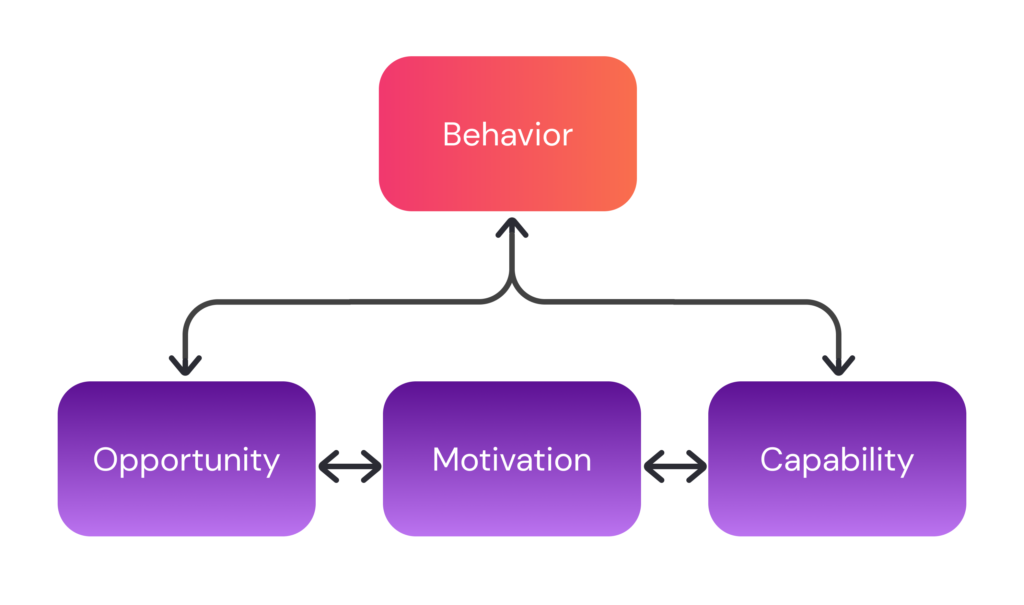Empowering Conversations Guide
The goal of this toolkit is to reduce the risk of epilepsy mortality by improving patient/provider communication around epilepsy mortality risk factors and strategies to reduce or eliminate these risks. Studies show some people are unaware of risks, others might be aware but lack the skills or motivation to change risky behaviors, and some might benefit from validation to maintain healthy behaviors. Effective conversations can empower people to take action and make high-impact changes, and they don’t have to take more than a few minutes. Strategies providers can adopt include:
- Regularly assessing patients for their epilepsy mortality risk factors.
- Determining which risk factors are most significant for the patient
- Discussing the increased risk of epilepsy mortality
- Using motivational interviewing techniques to help the patient address challenges to their capability, motivation, and opportunity to change their behavior.
Review epilepsy-specific examples of empowering conversations specific to each risk factor.
Most patients with epilepsy live long, healthy lives, but there are risks associated with epilepsy, including injury and early death. My job as your provider is to give you information on ways to reduce these risks. Because of some epilepsy related factors (e.g., type of seizures, uncontrolled seizures), you/your child are at a high/low risk of dying from epilepsy. We can address this by…
Because of some co-occuring conditions, and other health or lifestyle issues you’ve shared with me (e.g., your heart disease, your child’s developmental disorder, smoking etc) you/your child are at higher risk of early death. We can address this by…
Many people living with epilepsy may read or hear about a condition called SUDEP, which stands for sudden unexpected death in epilepsy; have you heard of this condition before? Do I have your permission to tell you about SUDEP today?
Now that we’ve discussed the lifestyle changes that will be a new part of your daily routine, let’s talk about why they are so important…
What have you heard so far about risks that can come along with epilepsy?
This can be hard to talk about – there are serious risks that come along with epilepsy. Do I have your permission to tell you a little about them today?
I know having/witnessing seizures can be very scary. Some of my patients ask me if they/their child can die from epilepsy. Unfortunately, the answer is yes, people with epilepsy have an increased risk for early death, but the good news is there are things we can do to decrease the risk. What have you heard about the serious risks associated with epilepsy?
What is your greatest fear with epilepsy? Do you have any worries about dying from epilepsy?
A caring relationship between healthcare providers and patients can raise patients’ awareness and encourage them to take action. Medical providers can use simple motivational interviewing techniques to help patients reflect on their condition and help change their behavior to manage epilepsy better and decrease their risk of death.
Effective conversations start with active listening. To remember the core counseling skills of MI, use the acronym OARS.
- Asking Open questions
- Affirming
- Reflective listening
- Summarizing
Behaviorists know that patients face obstacles and opportunities once they learn about their health risks. To align their behavior with their goals, people must have the capability, opportunity, and motivation to change – which is described in the COM-B behavior change model. Barriers can include physical and social opportunity, automatic and reflective motivation, and physical and psychological capability. This toolkit uses this model to suggest ways to have effective conversations and address many common barriers to behavior change among people with epilepsy.
